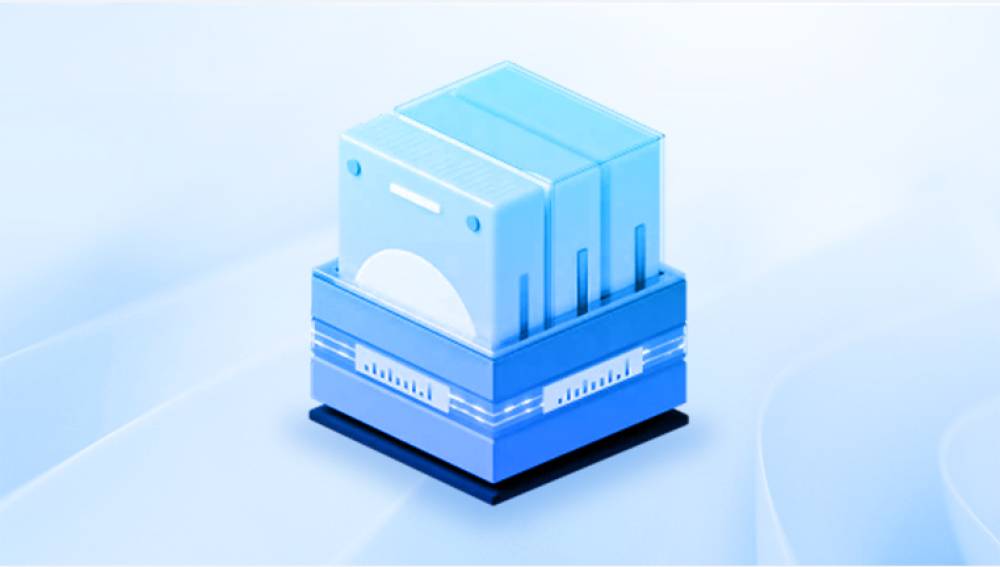External hard drives are essential for storing large amounts of data, but they can be prone to accidental deletions, corruption, or even hardware failures. Whether it's a family photo, important work documents, or cherished memories, losing files can be stressful. Fortunately, recovering deleted files from an external hard drive is often possible with the right tools and techniques.
When a file is deleted from an external hard drive, it isn’t immediately erased. Instead, the operating system marks the space as available for new data. Until that space is overwritten, the deleted files can often be recovered. Understanding this process is crucial in data recovery efforts.
Preparing for Recovery
Stop Using the Drive: Immediately cease any actions on the external hard drive to prevent overwriting the deleted files.
Check the Recycle Bin: Sometimes files can be found in the Recycle Bin (Windows) or Trash (Mac).
Identify File Types: Knowing the type of files you want to recover can help in choosing the right recovery method.

Methods for Recovery
1. Using Data Recovery Software
Drecov Data Recovery is a powerful software tool designed to recover lost or deleted files from various storage devices, including external hard drives, USB flash drives, and memory cards. With a user-friendly interface and a range of advanced features, Drecov Data Recovery aims to make the file recovery process straightforward and efficient.
Key Features
Comprehensive File Recovery: Drecov Data Recovery supports a wide variety of file formats, including documents, photos, videos, and audio files. This versatility makes it suitable for different recovery needs.
User-Friendly Interface: The software is designed for users of all experience levels. Its intuitive layout allows even those with minimal technical knowledge to navigate the recovery process easily.
Deep Scan Capability: Drecov Data Recovery offers a deep scan feature that thoroughly searches the storage device for recoverable files. This is particularly useful for files that have been deleted a long time ago or are in difficult-to-reach areas of the disk.
Preview Functionality: Before restoring files, users can preview the recoverable items. This feature helps ensure that you are restoring the correct files, reducing the risk of restoring unnecessary or unwanted data.
Safe and Secure Recovery: Drecov Data Recovery ensures that the recovery process does not cause further damage to the original data. It works read-only on the storage device, minimizing the risk of permanent data loss.
Benefits of Using Drecov Data Recovery
Time Efficiency: The software is designed to quickly scan for lost files, making it a time-saving solution compared to manual recovery methods.
Affordable: Drecov Data Recovery offers competitive pricing for its software, making it accessible for both individual users and businesses.
Technical Support: Panda provides customer support to help users with any issues or questions during the recovery process.
How to Use Drecov Data Recovery
Using Drecov Data Recovery is a straightforward process:
Download and Install: Start by downloading the Drecov Data Recovery software from the official website. Install it on a different drive than the one you wish to recover files from to avoid overwriting any lost data.
Select the Drive: Open the software and select the external hard drive or storage device from which you want to recover files. Click on the “Scan” button to initiate the scanning process.
Scan for Deleted Files: The software will begin scanning the selected drive. You can choose between a quick scan for recently deleted files or a deep scan for more extensive searches.
Preview and Select Files: Once the scan is complete, Drecov Data Recovery will display a list of recoverable files. Use the preview function to view the files before recovery. Select the files you want to restore.
Recover Files: Click the “Recover” button and choose a safe location to save the restored files. It’s best to save them on a different drive to avoid any potential data loss.
Check Recovered Files: After recovery, check the files to ensure they have been restored successfully and are intact.
2. Using Built-in Operating System Tools
Windows File History: If you had File History enabled, you might recover previous versions of files.
Mac Time Machine: For Mac users, if Time Machine was configured, you can restore deleted files from a previous backup.
3. Command Line Recovery (Advanced Users)
For those comfortable with command line interfaces, you can attempt file recovery using built-in commands.
Windows: Use the Command Prompt to run a file recovery command.
Mac/Linux: Use the terminal to explore file recovery tools available in the system.
Tips for Successful Recovery
Act Quickly: The sooner you attempt recovery, the better your chances of success.
Avoid Writing New Data: This can overwrite deleted files, making recovery impossible.
Use Professional Help if Needed: If the data is critical and you’re not comfortable performing recovery yourself, consider consulting a professional data recovery service.




